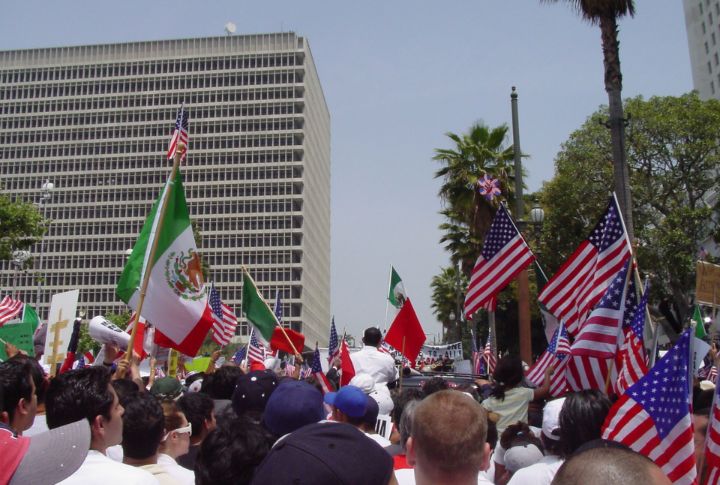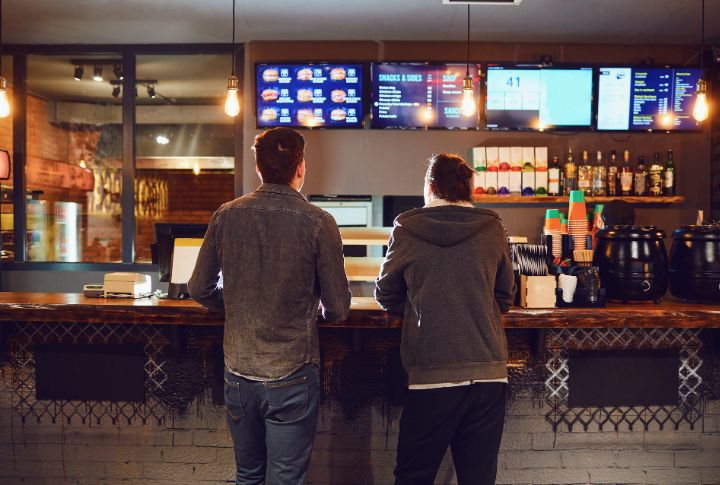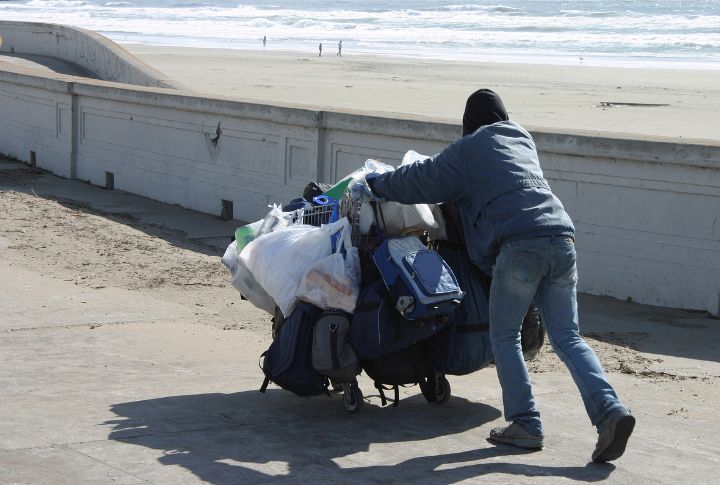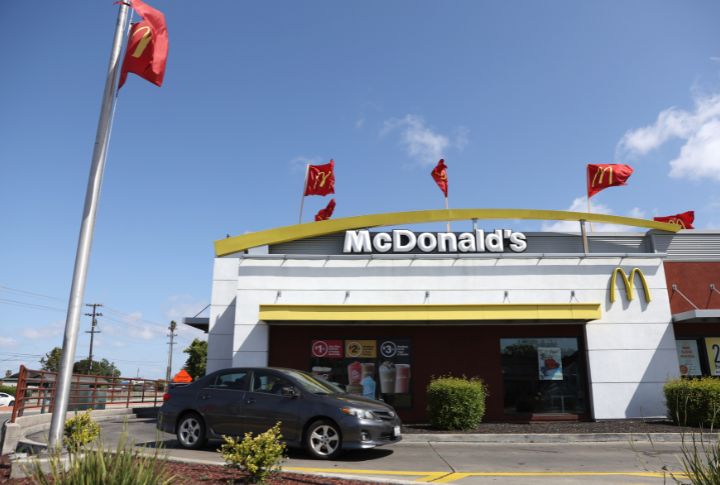
California has passed a law raising the minimum wage for fast food workers to $20 per hour as of April 1, 2024. This is a 29% increase from the previous $15.50 base pay. While labor advocates believe this will alleviate poverty for these workers, the fast food industry claims the raise might have dire consequences moving forward. So, read on to discover what this wage increment has in store for California’s fast food workers.
Impact on Operating Costs

Analysis from the California Department of Finance estimated that the new $20 minimum wage will increase fast food chains’ total labor costs for minimum wage workers by around 30% compared to the previous $15.50 baseline. However, the full impact on operating costs will depend on how much businesses raise pay for workers above that $15.50 level to maintain wage scales.
Who Qualifies as a Fast Food Worker?

This applies to any employee who works at a California-based fast-food restaurant that is part of a franchise with over 100 locations across the United States. This includes cooks, cashiers, shift managers, maintenance staff, and other hourly positions at McDonald’s, Burger King, Taco Bell, and Subway.
Exemptions for Healthcare and Other Facilities

While the $20 minimum wage mandate covers most prominent fast-food ventures in California, the law exempts food service operations in other facilities. These are food service workers in venues like cafeterias, museums, hotels, amusement parks, and hospitals. This is because they do not represent the traditional fast-food restaurant model that was the target of the new wage rules.
How Many Workers Are Impacted?

According to an analysis from the UCLA Labor Center, it is estimated that around 550,000 workers across California’s 30,000+ limited-service restaurants will directly benefit from being raised to the new $20 per hour minimum wage under this law. In addition, the wage increase will likely boost pay for over 1 million other fast food employee family members.
A Long-Running Labor Movement

For over a decade, labor unions have fought to increase wages in the fast food industry through the national “Fight for $15” movement. Despite many lucrative and profitable restaurants, these groups argued that fast-food employees remained stuck in low-wage jobs with minimal benefits. So, implementing such a wage increase is a landmark achievement in California.
Not Without Opposition

While labor groups and some of the public supported the $20 minimum wage, many business organizations and fast food companies opposed it intensely. Groups like the International Franchise Association and major brands like McDonald’s and Chipotle claimed it would dramatically increase operating costs and adversely affect the workers it intends to help.
Why Target Fast Food Specifically?

Rather than raising California’s statewide minimum wage further across all industries, proponents of this new law argued for explicitly targeting the fast food sector. They cited the intense profitability of major fast-food brands and a desire to lift a workforce made up of people of color and immigrants out of poverty.
Menu Price Hikes Likely

Most analysts expect major fast food chains to pass along a portion of the new $20 minimum wage to consumers through increased menu prices to help offset the significant increase in labor costs. Unfortunately, this would sadly affect low-income families who can’t bear the cost of such changes.
Job Losses a Possibility

While proponents argue the law will stimulate the economy via higher consumer spending, some studies suggest the $20 minimum wage could also risk job losses in California’s fast food sector. The San Diego State University economists estimated that many fast food jobs could be cut or automated over time due to the higher payroll costs.
Kiosks Over Cashiers

Several major fast-food brands have already started introducing more digital self-order kiosks and automation in response to the higher $20 minimum wage. Burger King, for example, has announced plans to install automated condiment dispensers and digital kiosks for ordering in all 140+ of its California locations by the end of 2024 — reducing the need for cashiers.
Potential Cuts to Benefits and Hours

While the wage increase boosts take-home pay for fast food staff who keep their jobs, some economists caution there could be other negative tradeoffs. San Diego State University economist Jeffrey Clemens says for those not laid off, employers may reduce overall work hours available or cut back on benefits like health insurance, paid vacation, sick days, and scheduling flexibility to control total labor costs.
Higher Unemployment Costs

Due to this, significant job losses are possible across the fast food industry, and there are concerns that this could drive up unemployment costs and taxes on California businesses and residents. If tens of thousands of fast food workers lose their jobs, the increased jobless claims and payouts from the state’s unemployment insurance fund may require raising employment taxes on other companies to cover the costs.
Favoring Corporate Giants

While major chains like McDonald’s can likely absorb or pass along the new $20 minimum wage more efficiently, the increased labor costs pose a more significant challenge for smaller regional fast food brands and franchisees. This has raised fears the law could prompt closures of independent eateries and consolidate more market share into the hands of corporate giants who can bear the wage hikes and automation and operate at higher costs — essentially promoting a fast food monopoly.
Ditching Delivery Drivers

Some major pizza chains are responding to the higher labor costs by cutting their delivery driver workforce entirely. Pizza Hut and Round Table Pizza franchise owners plan to lay off over 1,200 delivery drivers across California by the end of 2024. Rather than employing their minimum wage drivers, many locations have already discontinued in-house delivery services and shifted to contracting with third-party services like DoorDash and Uber Eats to reduce payroll costs.
A Potential Trend-Setter

If implemented relatively smoothly in California, some labor experts predict this sector-specific minimum wage could inspire similar efforts targeting fast food workers or other service industry employees in different states. This still depends on how legal challenges play out and whether offsetting job losses or restaurant closures occur.

Comments
Loading…